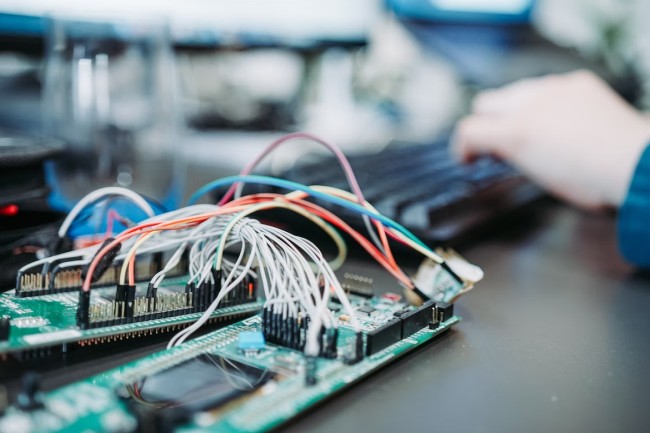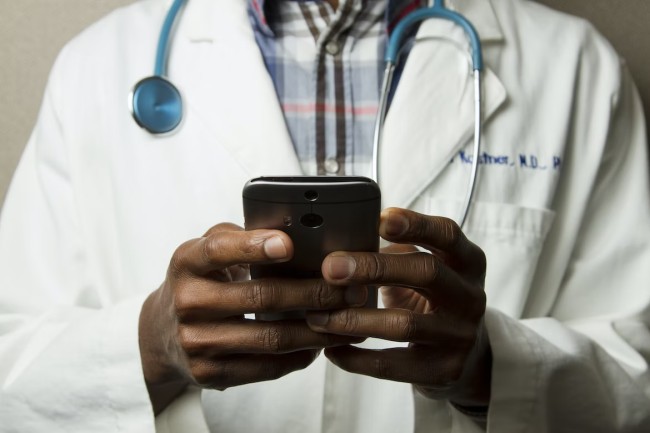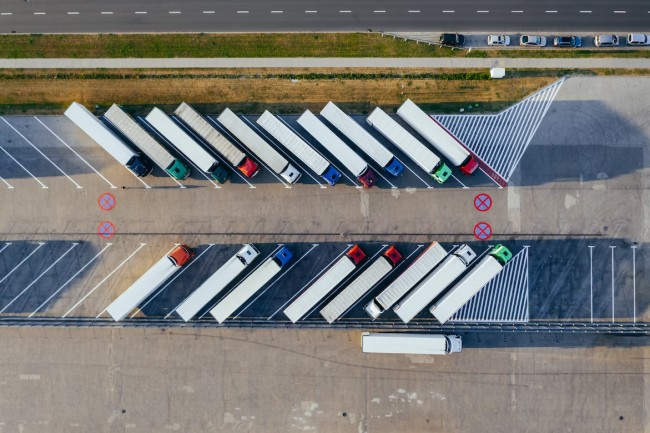Surely you have heard about the Internet of things (IoT) but have not thought about where exactly this technology is used in real life. In fact, it can be found in many areas.
Businesses may automate a lot of processes and save money on labor thanks to IoT. This reduces the amount of waste, improves the quality of services provided, and decreases the cost of the production process and logistics.
According to research, last year, there were more than 10 billion active IoT devices. Their number will increase to 25.4 billion in 2030. As you can see, this tech is popular and truly revolutionary. Let’s talk in more detail about which industries it is changing today.
Industries Leading The IoT Revolution
1. Manufacturing
This area uses a special term – the industrial Internet of things or IIoT. Some of the best examples of IoT applications in manufacturing include all kinds of sensors, software systems, and big data analytics to develop futuristic designs and precise calculations.
Industrial IoT services improve productivity and fix common mistakes people make, especially those related to quality control and sustainability.
Most often, smart devices and sensors are used to constantly monitor production: data is processed in a single center, which helps to avoid downtime, leading to losses of several million dollars a day.
IoT technologies are most actively used in Germany and America: for example, already half of the German companies use Industry 4.0 solutions in their work.

2. Agriculture
Agriculture is making the best of the IoT revolution. Smart devices are actively used in agriculture: both in farming and animal husbandry.
Among the best IoT devices in this area are drones and various tools for checking soil composition, monitoring the temperature and checking for changes in the weather.
This kind of data is often analysed through the use of horticulture software in order to inform farmers of optimal fertilisation and irrigation times, as well as help with layout planning in order to maximise crop yield when it comes to harvest season.
The Internet of Things makes it possible to use drones for geo-reconnaissance, irrigate the land with their help, microchip animals and monitor their movements.
According to a study by Beecham Research, IoT technologies in agriculture can increase global productivity by 70% by 2050. Innovative solutions help to obtain data on any agricultural object and quickly process it. This will help to boost productivity multiple times.
3. Retail
Retail is one of the largest IoT market segments. Smart devices significantly improve the experience of a shopper entering a store. The most desired products and services appear right in front of the customer’s eyes at the right time and in the right place.
The Internet of Things allows you to fine-tune advertising, improve the supply chain, and the analysis of in-demand models. Retail use cases for IoT also include contactless payment and smart shopping apps.
4. Healthcare
In the list of the best IoT applications, healthcare deserves a special place. In it, the Internet of Things directly affects people’s lives and illustrates the importance of connected healthcare as a field.
Thanks to the IoT, doctors can provide care via the Internet, drones are used in medicine, and breakthroughs are being made in genetics. The Internet of Things allows for a more personalized approach to analyzing patient health and developing treatments for disease.
At the same time, the development of IoT applications still faces many difficulties, especially if there are conflicts between the application of the Internet of Things and traditional medicine. However, the development of IoT in this area doesn’t stop.

5. Energetics
The smart grid can automatically collect the necessary data and instantly analyze the current circulation. As a result, both customers and suppliers will be able to optimize the use of electricity.
6. Smart City
Schools, transport networks, housing, and communal services can become a single, smart system based on the Internet of things.
IoT solutions improve the quality of life of people, facilitate and simplify the contact between authorities and citizens, in particular, they help to collect data from meters, control traffic jams, and warn of disasters.
The city’s IoT technologies include smart parking lots, noise maps, smart lighting, and roads. Although this group of devices is now mostly under development, it has great potential. With its help, you can increase safety in the city and better control traffic and pollution.
In Japan, the earthquake warning system has been functioning for almost twenty-five years. Highly sensitive sensors are installed along the baselines of the faults: they record seismic activity, send data to cloud servers, and the system notifies residents in a matter of seconds using the network.
7. Logistics
IoT reduces the cost of transportation and minimizes the impact of the human factor. IoT systems can also monitor the occupancy of trash cans and optimize waste collection costs based on this data.

Main barriers to the application of IoT technology
Those organizations that already use IoT solutions in their work have received a significant competitive advantage over others: this is speed, savings, process optimization, and, accordingly, greater productivity.
But there are certain barriers to this seemingly ideal system.
- Security is the key issue. Cybercriminals are constantly attempting to breach databases containing crucial information, remote patient monitoring systems, and intelligent car control systems. They also regularly launch phishing attacks, upload viruses to compromised devices, and even carry out complete acts of sabotage in factories.
- The software of many devices from various manufacturers, when put into one system, may not work together, which presents another challenge for the Internet of Things. This circumstance could happen if device makers issue a software update without first ensuring that it is compatible with earlier software versions of associated devices. To troubleshoot, you will need to get in touch with other development firms and request that they modify their software to ensure that the complete IoT system is operating properly.
- Unavoidably, employment losses will result from connecting more and more gadgets to the Internet. For instance, IoT systems will take the role of certain professionals in equipment installation, maintenance, and repair. Additionally, the legal elements of the Internet of Things deployment are now a bit hazy.
Nevertheless, consumers, companies, and entire cities will increasingly use smart technologies to save time and money. Many people see the Internet of Things as a potential revolution, both for the economy and for social services. So development continues.
